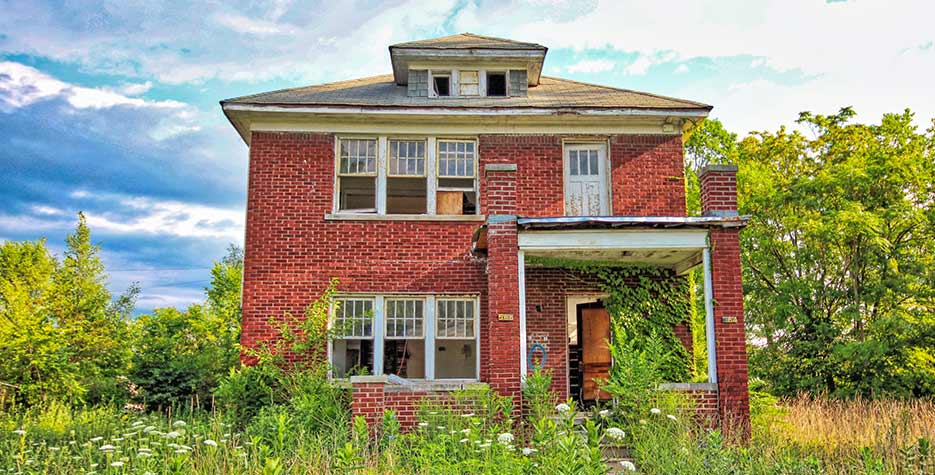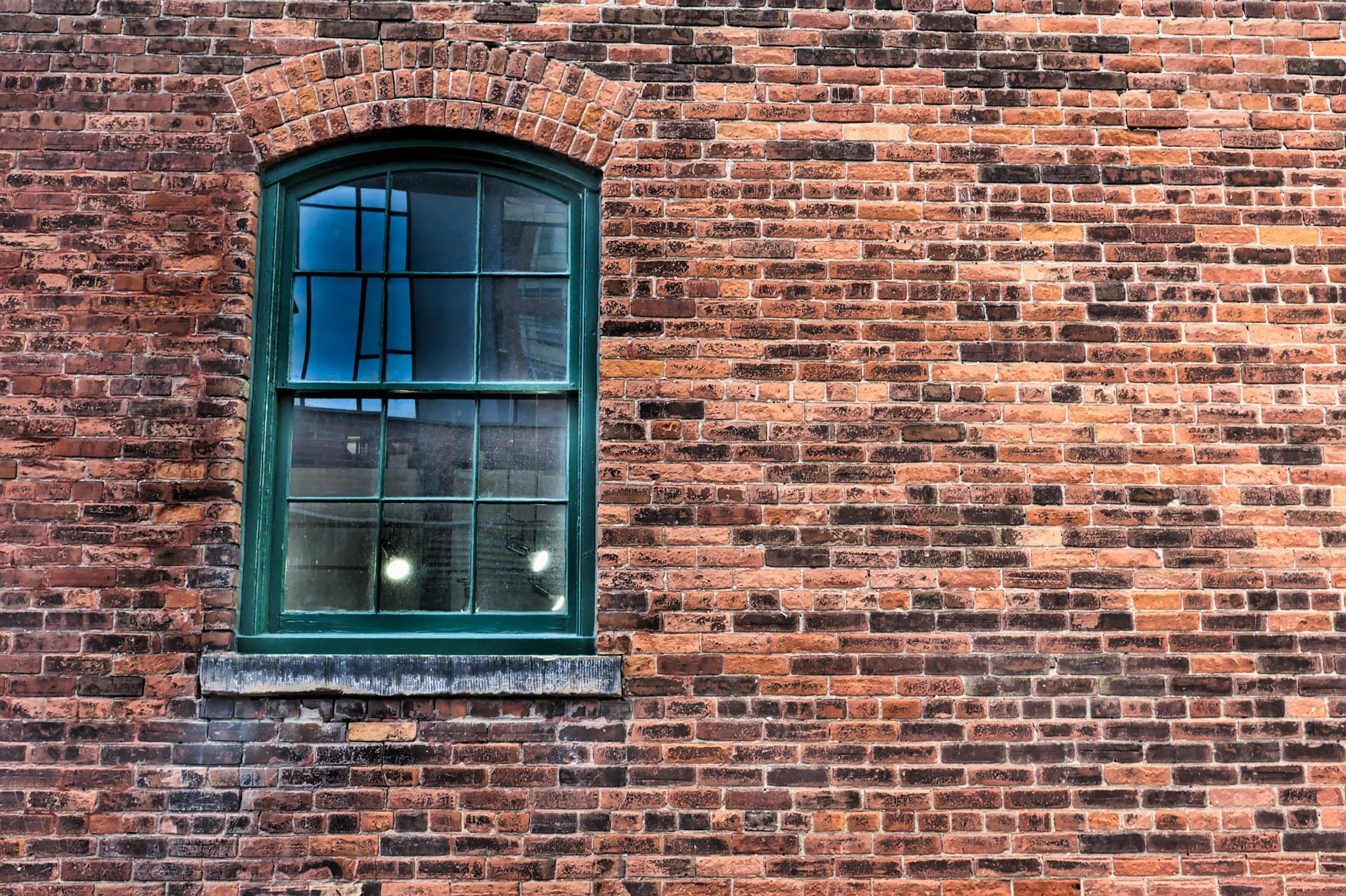What Is the Difference Between Repointing and Tuckpointing?

Are you noticing cracks and gaps in the mortar joints of your brick wall or chimney? If you are, it’s probably time to do a simple repointing or tuckpointing.
What is the difference between repointing and tuckpointing? Which procedure should you choose? We’re here to help!
In this blog, we’ll dive into everything else you need to know about the two processes.
What Is Repointing?
According to the Society for the Protection of Ancient Buildings, repointing is the renewing of the old, damaged mortar and replacing it with fresh mortar to improve the appearance, stability, and durability of the masonry structure.
Repointing prevents water penetration that ultimately leads to structural issues. It’s commonly done on historic buildings or structures to maintain their architectural integrity.
What Is the Purpose of Repointing?
The purpose of repointing is to repair and replace the deterioration of mortar in masonry to prevent further damage extending the structure’s lifespan.
Repointing is mainly used for:
- Strengthening structural integrity
- Preventing water damage
- Historic preservation
- Promoting energy efficiency
A local mason can guide you through your repointing needs. Call one today!
Process and Techniques Involved in Repointing
Below are the following techniques and steps in repointing:
- Loose or damaged mortar on the masonry surface is cleared to prepare it for repointing.
- The ratio of sand, cement, and water is carefully calculated to match the color and texture of the existing mortar.
- The mortar is carefully packed into the joint to ensure that it is filled and sticks well on the masonry surface.
- Once the mortar has been applied, it is smoothened out to match the texture of the surrounding masonry using either a jointing tool for a concave finish or a pointing trowel for a flush finish.
- The new mortar needs time to cure and harden before it can be exposed to moisture or weather.
Always choose to hire a professional masonry contractor who has the necessary expertise, so the repointing is done correctly and safely.
What Materials Are Used In Repointing?
Here are some of the most common materials used in repointing:
- Mortar
- Lime
- Colorants
- Sealants
- Tools
Contact your local handyman for a complete set of materials.
What Is Tuckpointing?
According to the Society for the Protection of Ancient Buildings, tuckpointing leans towards a more decorative technique for brickwork, stonework, or other types of masonry.
Tuckpointing is the process of filling a wider joint with a mortar of a contrasting color to the masonry, and then cutting a thin groove or “tuck” in the center of the joint, creating the illusion of a fine joint.
Tuckpointing requires skill and precision, as the mortar must be applied evenly and the “tuck” must be cut precisely to create a neat and uniform appearance.
What Is the Purpose of Tuckpointing?
The purpose of tuckpointing is to create the appearance of fine joints in masonry where they do not exist to compensate for irregularities in the bricks or stones.
Here are some reasons why tuckpointing is done in masonry:
- Crumbling or cracked mortar joints
- Improving the appearance of masonry
- Preventing further damage
- Increasing the lifespan of masonry
Call a professional mason for the best repointing results.
Process and Techniques Involved in Tuckpointing
Below is the step-by-step process for tuckpointing.
- Any loose or damaged mortar is removed using a chisel, grinder, or other tools.
- The new mortar is mixed to match the color and texture of the existing masonry with careful consideration of the sand, cement, and water ratio.
- The mortar is carefully packed into the joint using a pointing trowel for guaranteed adhesion to the masonry.
- A “tuck” is cut down the center of the joint using a tuckpointing iron. The depth and width of the tuck must be consistent for a symmetrical look.
- The surface of the joint is smoothed using a jointing tool to create a V-shaped finish, or a pointing trowel to create a flush finish.
- The new mortar needs time to cure and harden before it can be exposed to moisture or weather.
It’s best to contact a professional mason who is equipped to follow these steps smoothly.
What Materials Are Used In Tuckpointing?
Some common materials used in tuckpointing are:
- Mortar
- Pigments
- Pointing trowel
- Jointing tool
- Hammer and chisel
- Safety equipment
Reach out to your local handyman for a complete set of tuckpointing materials.
What Is the Difference Between Repointing and Tuckpointing?
Repointing typically results in a more seamless appearance, as the goal of repointing is to create a nearly invisible repair, so the emphasis is on blending the new mortar with the surrounding masonry.
Tuckpointing, on the other hand, produces a more dramatic visual effect by cutting a groove into the mortar joint and filling it with a contrasting color to create the appearance of a narrow, fine joint between the bricks or stones.
Situations Where Repointing May Be Necessary
Repointing may be necessary for the following situations:
- Cracked or deteriorated mortar
- Loose or missing mortar
- Mismatched or unsightly mortar
Call a professional mason as soon as you notice these on your masonry surface.
Situations Where Tuckpointing May Be Necessary
Tuckpointing may be necessary for the following situations:
- Presence of irregularly sized or shaped bricks or stones
- Aesthetic enhancements
If you notice any issues with the mortar joints in your building, consult with a professional mason immediately.
Which Process Should You Choose? Factors to Consider When Deciding Whether to Repoint or Tuckpoint
If the primary purpose of the repair is to restore the structural integrity of the masonry, repointing may be the better option.
If the primary goal is to enhance the appearance of the masonry, tuckpointing may be the better option.
Why You Should Consult With a Professional Mason
A professional mason is the right person to take care of your needs. Here are the things to expect when hiring one:
- Proper diagnosis
- Expertise in repair techniques
- Thorough inspection
- Result and procedure transparency
- Safety
- Long-term durability
Consulting with a professional mason is a wise investment that guarantees the success of your masonry project.
How Much Does It Cost?
Each company may offer different prices for each price. Compare costs to figure out what best fits your budget.
- Repointing – Repointing is generally less expensive than tuckpointing. It can range from $5 to $15 per square foot, depending on the needed repair.
- Tuckpointing – Tuckpointing creates decorative patterns and designs, which makes it more expensive. Prices can range from $15 to $25 per square foot, depending on the style.
Final Thoughts
Repointing is used to preserve a masonry structure, while tuckpointing is mainly a decorative technique. The decision of whether to choose repointing and tuckpointing depends on your structural needs.
Don’t forget to contact your local masonry repair and restoration expert to get your desired results.





